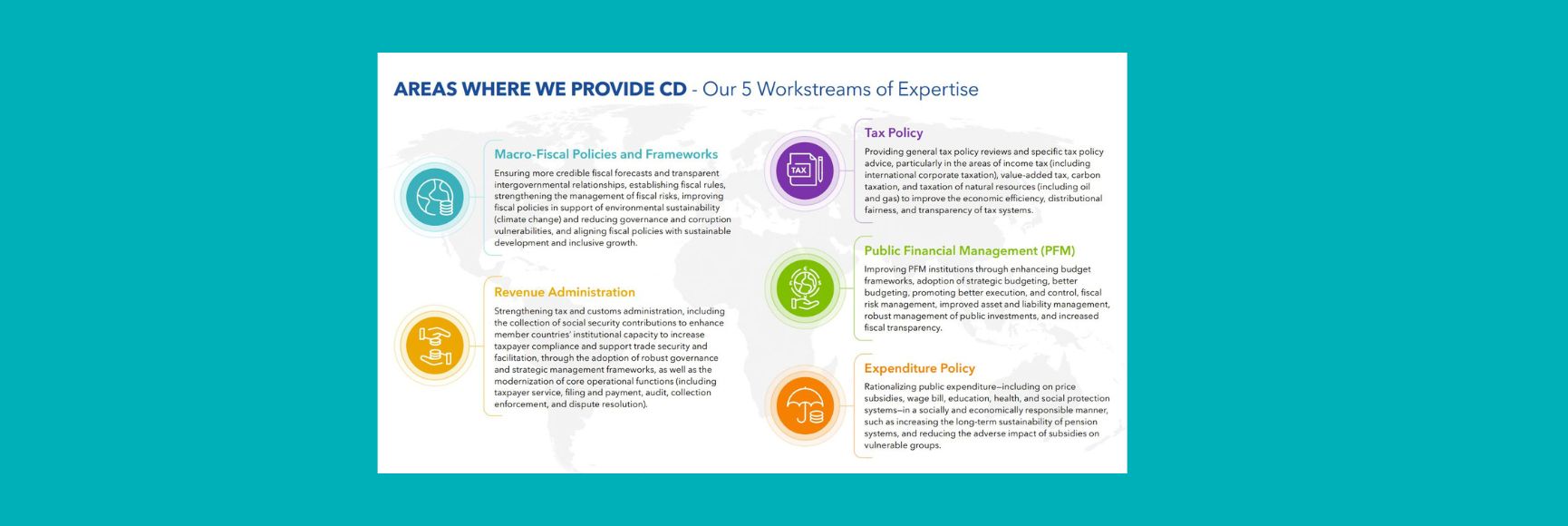Posted by Sailendra Pattanayak
A treasury single account (TSA) is a prerequisite for effective cash management and is a key tool for the ministry of finance/treasury to establish oversight and centralized control over government’s cash resources. It also provides a number of other benefits and thereby enhances the overall effectiveness of a public financial management (PFM) system. In particular, a TSA facilitates better fiscal, debt management, and monetary policy coordination as well as better reconciliation of fiscal and banking data, which in turn improves the quality of fiscal information. The establishment of a TSA significantly reduces the government debt servicing costs, lowers liquidity reserve needs, and helps maximize the return on investments of surplus cash.
A new Technical Note and Manual (TNM) entitled “Treasury Single Account: An Essential Tool for Government Cash Management” has recently been published by the IMF Fiscal Affairs Department (FAD). This TNM is largely based on the previous IMF working paper “Treasury Single Account: Concept, Design and Implementation Issues,” authored by Israel Fainboim and myself,[1] and published on the PFM blog on July 12, 2010. The TNM discusses the main features of a TSA, alternative TSA structures and associated transaction processing systems, and various design issues and preconditions that need to be addressed for setting up a TSA system. In addition, it explains the key sequential steps for implementing a TSA and provides practical tips on accounting and reporting under a TSA regime, bank reconciliation, and service level agreements with banks for TSA operation.
The TNM argues that regardless of their degree of development, all countries should aim at establishing a TSA. A TSA can operate with both centralized and decentralized transaction processing and accounting control systems. While the objective should be to establish a full TSA, the implementation phasing needs to be calibrated taking into account the technological requirements and required changes to business processes, which should be introduced in a way to fully reflect the respective country’s unique circumstances. The introduction of a TSA should not be viewed as an independent activity and should be integrated with other treasury reforms, including changes to budget execution processes. If an Integrated Financial Management Information System (IFMIS) is planned or under implementation, several measures towards a TSA have to be implemented in tandem with the IFMIS roll out.
[1] See S. Pattanayak and I. Fainboim, 2010, Treasury Single Account: Concept, Design and Implementation Issues, IMF Working Paper 10/143 (Washington: International Monetary Fund).
Note: The posts on the IMF PFM Blog should not be reported as representing the views of the IMF. The views expressed are those of the authors and do not necessarily represent those of the IMF or IMF policy.





